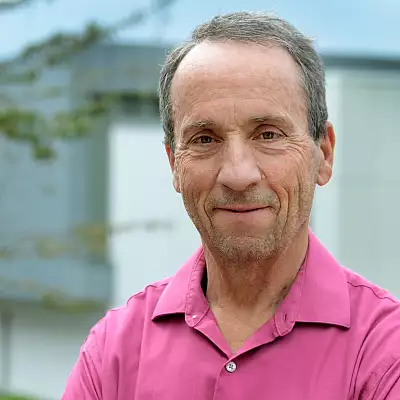Progress toward building the world’s greatest microscope: The joys of making theory and experiment work together

In a 1967 episode of the iconic television series Star Trek, Mr. Spock explained:
“If I let go of a hammer on a planet that has a positive gravity, I need not see it fall to know that it has in fact fallen.” Mr. Spock
Spock’s idea to see with your mind’s eye the motion of matter is an extremely powerful concept in the field of chemical dynamics. Just as with the classical motion of matter in a gravitational field, the quantum mechanical world of chemical motion is also well on its way to being understood. This viewpoint opens us to the idea that we might make slow-motion movies of the atoms involved in chemical reactions; if you will; “the world’s greatest microscope” is a matter of accurate theoretical calculation. In this lecture, you will see examples of such computed movies that reveal the intricate dance of atoms during simple reactions at surfaces. While this sounds straightforward, obtaining reliable movies requires more than computation. Like all theories in chemistry, the approximations needed to obtain results must be tested by comparison to experiment. Theory can also be exploited to compute accurate rates of thermal reactions, perhaps the most fundamentally important quantities in chemistry. New ways to measure rates of reactions at surfaces with unprecedented precision and accuracy reveal the subtle ways that quantum mechanics influences the theory of chemical reaction rates.
Speaker: Alec Wodtke, Georg-August University of Göttingen
Tuesday, 09/05/23
Contact:
Website: Click to VisitCost:
FreeSave this Event:
iCalendarGoogle Calendar
Yahoo! Calendar
Windows Live Calendar
